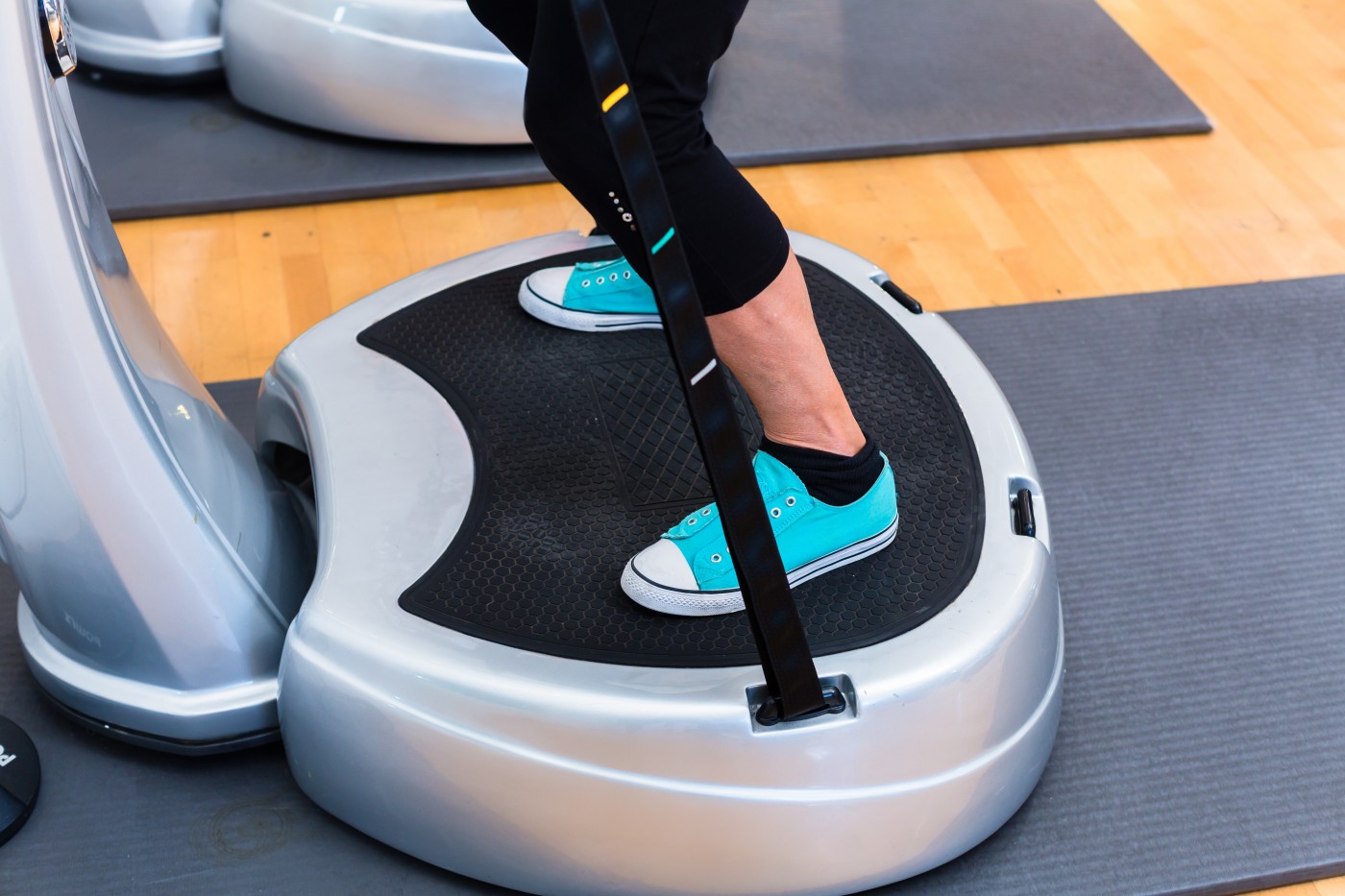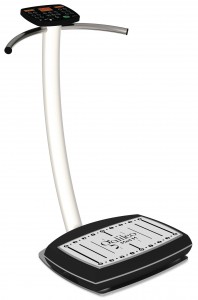Teens with Cerebral Palsy Show Gains in Strength, Functional Skills Using Whole-Body Vibration Training

New Zealand researchers reported that whole-body vibration training in adolescents with cerebral palsy (CP) has a range of benefits, including better functional capacity, more muscle and bone mass, and increased bone mineral density.
Studies have recently showed that whole-body vibration training in children with reduced mobility increases leg muscle function and bone mass. Few studies have investigated the effectiveness of the method in children with CP, however, and none have looked at both bone and muscle mass in CP adolescents.
The study, “Effects of whole-body vibration training on physical function, bone and muscle mass in adolescents and young adults with cerebral palsy,“ enrolled 40 adolescents and young adults with mild to moderate CP. The group was composed of 23 boys and 17 girls, with 34 classified as level II, and six as level III, according to the Gross Motor Function Classification System (GMFSC). The University of Auckland trial included four training sessions per week over 20 weeks.
Findings, published in the journal Scientific Reports, showed that participants had more total body mass, without any reduction in fat mass, after the 20 weeks of training. Leg muscle mass, as well as bone mass, also increased following the training period. Moreover, participants had increased bone mineral density throughout the body, particularly in the lower spine and legs.
Improvements in functional capacity were also observed. Level II GMFSC participants performed on average 11 percent better on the 6-minute walk test, equaling an increased distance of 44 meters. Level III participants did even better, increasing the distance by 40 meters, or 35 percent. Both groups also walked faster. Participants also improved in the chair test — standing up and sitting down three times as fast as possible on a seat placed on the vibration plate. They showed no improvement, however, in two other functional tests — balance and single two-leg jump.
The study also aimed to investigate effects on quality of life, but only 16 caregivers and 12 participants completed questionnaires both before and after the intervention. The adolescents did not report any life quality benefits, but caregivers reported observing improvements in school and general well-being, as well as decreased perceived pain and impact of disability.
While the study was limited by uneven participation in the different assessments and the lack of a control group, it showed good effects of whole-body vibration training in this group of CP adolescents. Since the study did not assess whether improvements remain after training ceases, larger and longer trials are necessary to assess the benefits of whole-body vibration training in CP.



